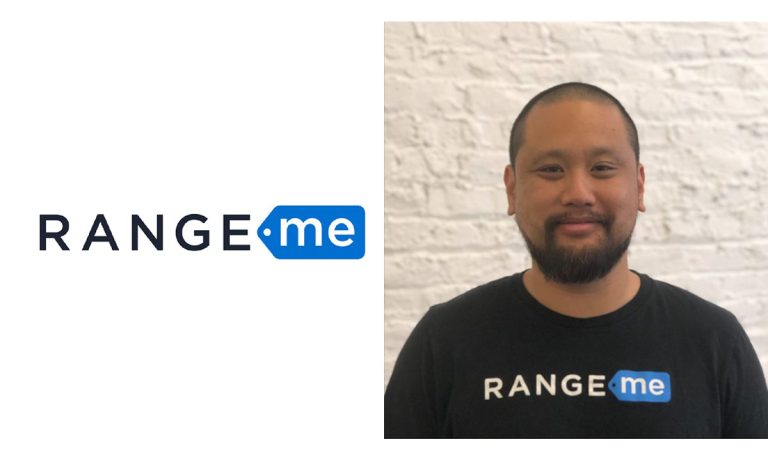Sea Change in Sourcing Drives Demand to Browse and Buy New Products on B2B Platforms

Product discovery platforms came to the forefront in early 2020 with the start of the pandemic and the cancellation of trade shows.
“Since that moment, what we saw was this massive sea change in the way that retailers now source products,” Brandon Leong, senior vice president of revenue and growth at RangeMe, told PYMNTS.
Leong saw this firsthand at RangeMe, a product discovery and sourcing platform that brings together 200,000 product suppliers, 80 or 90 of the world’s top 100 retailers, and many small and midsize retailers.
The company has also expanded its role, having announced on Feb. 17 that it now gives U.S. retail buyers the ability to purchase products directly from suppliers.
New Ways of Sourcing Products
Over the last two years, Leong has seen large retailers start to create their own online sourcing initiatives. In the past, they concentrated their product searches in each category to the time around the relevant trade shows.
At the same time, smaller retailers beset by supply-chain problems have become increasingly interested in sourcing locally. They’ve found that online platforms help them filter their queries, find the right local suppliers and send out targeted requests for information. It’s a world away from the previous world of cold outreach calls and visits to booths at trade shows.
“Only 10% to 20% of a buyer’s job traditionally is discovery; however, it’s probably the hardest nut to crack,” Leong said. “You have to not only manage all this inbound stuff that’s happening to you that you didn’t ask for, but you also have to do your research, look for trends and new products, and find out what’s going on.”
Introducing Direct Purchasing
RangeMe became one destination because it already included suppliers that featured their products there in order to get them reviewed by the buying teams at Walmart in the U.S. or Tesco in the U.K.
Because it includes so many suppliers and products, RangeMe also draws small- to medium-sized businesses (SMBs) looking for products.
In the past, these retailers would discover products on the platform and then reach out to the supplier to find a way to purchase the products. Now, they can purchase products there, too.
SMBs Seek a One-Stop Shop
For buyers, a direct-purchasing option adds convenience.
“If you are a buyer, you don’t want to go to 15 different suppliers, you don’t want to go to five different platforms — you want to go to one place, maybe two at the most, where you can have all the access points and pull them into this one area,” Leong said.
For suppliers, this means they can not only be discovered by retailers of all sizes, but also sell directly to the SMBs that otherwise would have to contact them and hope to find a mutually agreeable way to buy directly.
“I think that this storefront idea and the evolution of the platform into giving direct purchasing options was just a natural evolution of that whole chain,” Leong said, “serving suppliers in a better way so they have more opportunities by serving the long tail of buyers and all these different types of retailers that want to do business.”



